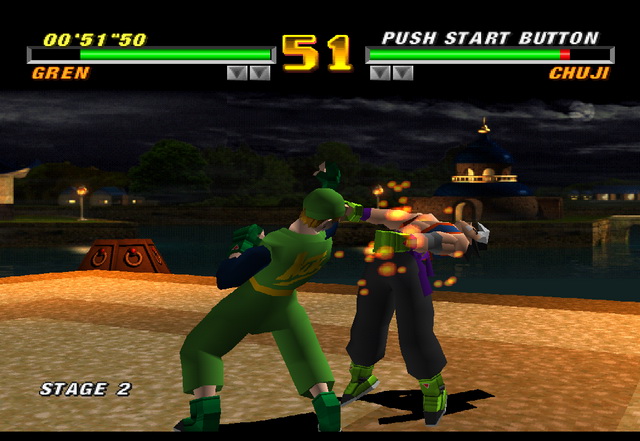Post
by Administrator » April 24th, 2017, 11:57 pm
What? The PlayStation 1 can handle that without any problems. I'm not seeing anything special being done in that unreleased game whatsoever. I don't think that's lighting, but rather an alpha mask of RGB 255,255,255 being rendered in the ordertable.
The level "Lights Out" or "Fumbling in the Dark" in Crash Bandicoot did it too, though I think they did it with polygons instead to take advantage of the
GTE's speed. Naughty Dog were also very clever in writing a highly optimised engine in assembler for the PlayStation 1 from scratch. The same was done with Spyro to achieve a ridiculously far draw distance whilst maintaining a high frame per second count.

Actually during the developers preview event of Crash Bandicoot, Sony was being abused by users saying "No way the PlayStation can do that. They've got more powerful machines in the back running the game hidden from us".
With the right programming and clever techniques using the hardware to the maximum extent, anything is possible on the PlayStation 1. It's one hell of a machine, and even for beginners it's a perfect console to develop for. Sony Computer Entertainment Japan did an amazing job with it, whilst since the European division of the company took a strong liking to the system afterwards, it helped develop more first party custom tools, support for developers and further expand library functionality, driving the quality and outcome that the PlayStation delivered to a jaw-dropping experience.
Development Console: SCPH-5502 with 8MB RAM, MM3 Modchip, PAL 60 Colour Modification (for NTSC), PSIO Switch Board, DB-9 breakout headers for both RGB and Serial output and an Xplorer with CAETLA 0.34.
PlayStation Development PC: Windows 98 SE, Pentium 3 at 400MHz, 128MB SDRAM, DTL-H2000, DTL-H2010, DTL-H201A, DTL-S2020 (with 4GB SCSI-2 HDD), 21" Sony G420, CD-R burner, 3.25" and 5.25" Floppy Diskette Drives, ZIP 100 Diskette Drive and an IBM Model M keyboard.























 , "PlayStation",
, "PlayStation",  ,
,  , "DUALSHOCK", "Net Yaroze" and "PSone" are registered trademarks of Sony Computer Entertainment Inc.
, "DUALSHOCK", "Net Yaroze" and "PSone" are registered trademarks of Sony Computer Entertainment Inc.  .
.